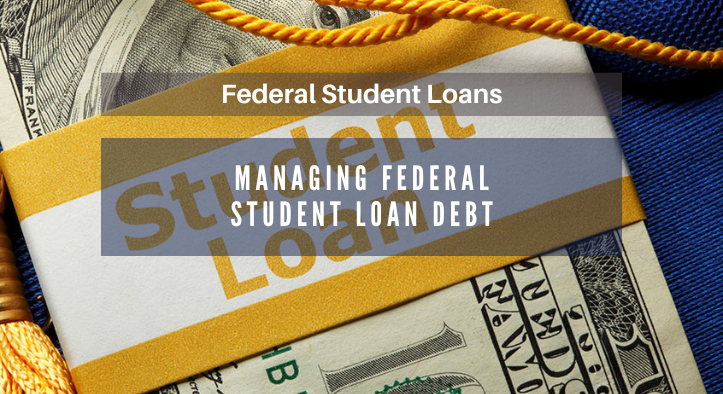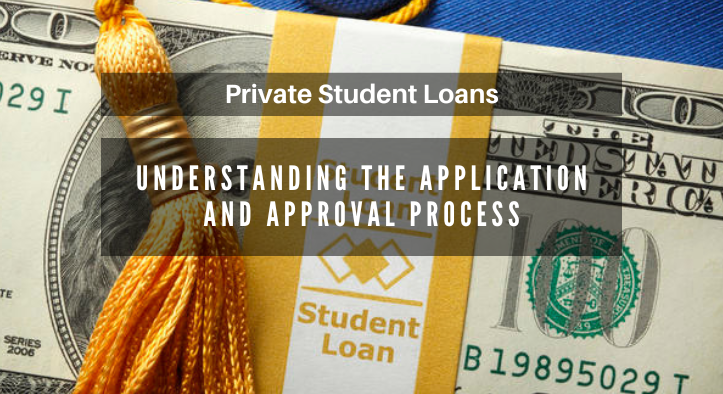Managing Federal Student Loan Debt

Managing Federal Student Loan Debt
Student loan debt is a major financial burden for many college graduates. According to the Federal Reserve Bank of New York, the total amount of student loan debt in the United States is over $1.5 trillion. With such a large amount of debt, it is important for borrowers to understand their options for managing their federal student loan debt. This article will provide an overview of the different strategies for managing federal student loan debt.
Understanding Your Loan Terms
The first step in managing federal student loan debt is to understand the terms of your loan. This includes the interest rate, repayment period, and any fees associated with the loan. Knowing the terms of your loan will help you determine the best repayment strategy for your situation.
Repayment Plans
Once you understand the terms of your loan, you can begin to explore repayment plans. The U.S. Department of Education offers several repayment plans for federal student loans, including:
- Standard Repayment Plan: This plan requires borrowers to make fixed monthly payments over a 10-year period. This is the most common repayment plan and is the best option for borrowers who can afford the monthly payments.
- Graduated Repayment Plan: This plan allows borrowers to make lower payments at the beginning of the repayment period and gradually increase the payments over time. This plan is best for borrowers who expect their income to increase over time.
- Extended Repayment Plan: This plan allows borrowers to extend the repayment period up to 25 years. This plan is best for borrowers who need lower monthly payments but can afford to pay more interest over the life of the loan.
- Income-Based Repayment Plan: This plan allows borrowers to make payments based on their income. This plan is best for borrowers who have a low income and cannot afford the standard repayment plan.
Loan Forgiveness Programs
In addition to repayment plans, borrowers may also be eligible for loan forgiveness programs. These programs are designed to help borrowers who are struggling to make their loan payments. The U.S. Department of Education offers several loan forgiveness programs, including:
- Public Service Loan Forgiveness: This program is available to borrowers who work in public service jobs, such as teachers, nurses, and government employees. Borrowers must make 120 qualifying payments in order to be eligible for loan forgiveness.
- Income-Based Repayment Plan: This program is available to borrowers who have a low income and cannot afford the standard repayment plan. Borrowers must make 25 years of qualifying payments in order to be eligible for loan forgiveness.
- Teacher Loan Forgiveness: This program is available to teachers who have worked in low-income schools for at least five consecutive years. Borrowers must make five consecutive years of qualifying payments in order to be eligible for loan forgiveness.
Conclusion
Managing federal student loan debt can be a daunting task, but it is important to understand your options. Borrowers should take the time to understand the terms of their loan and explore repayment plans and loan forgiveness programs. With the right strategy, borrowers can manage their federal student loan debt and achieve financial freedom.
